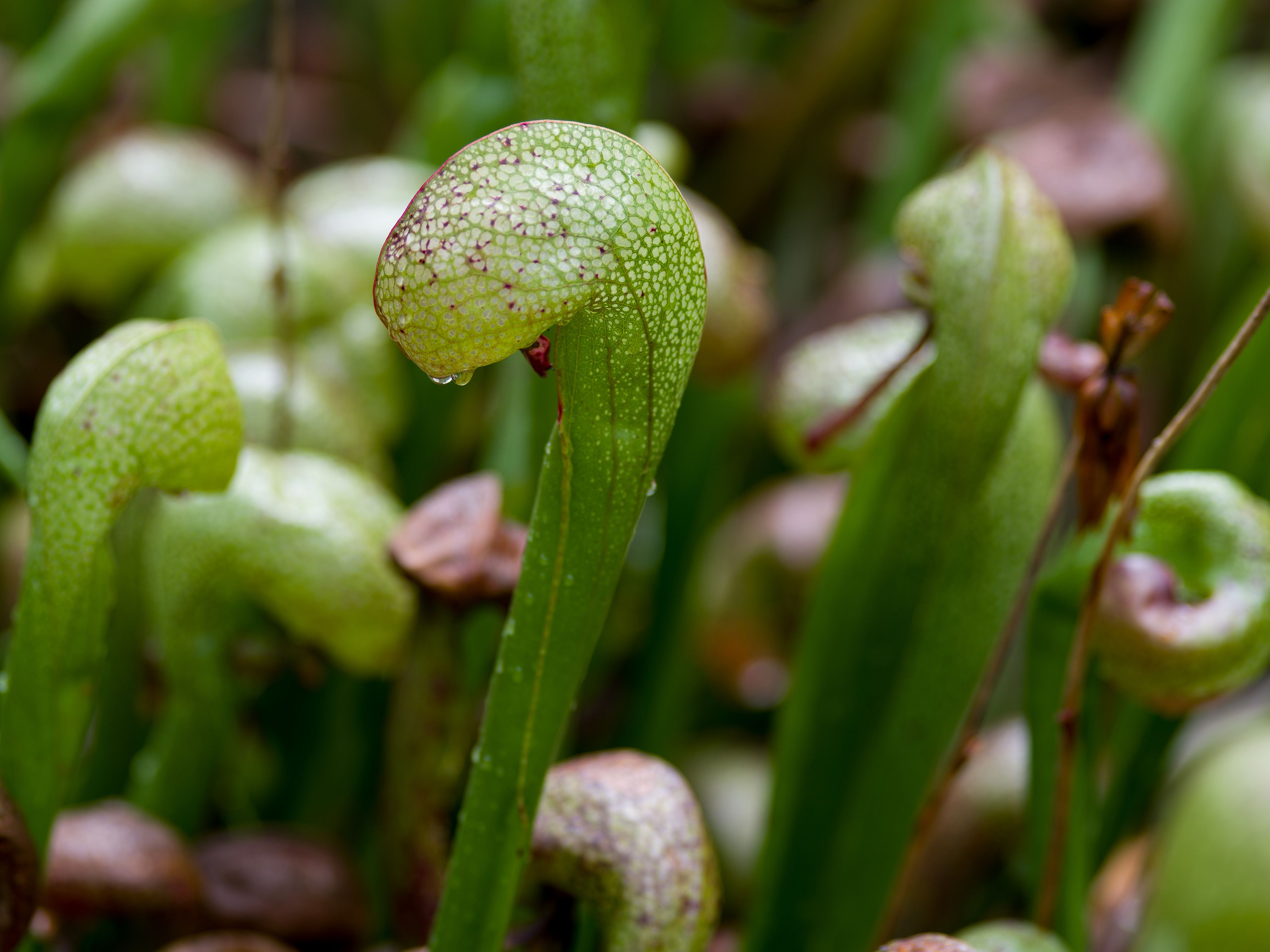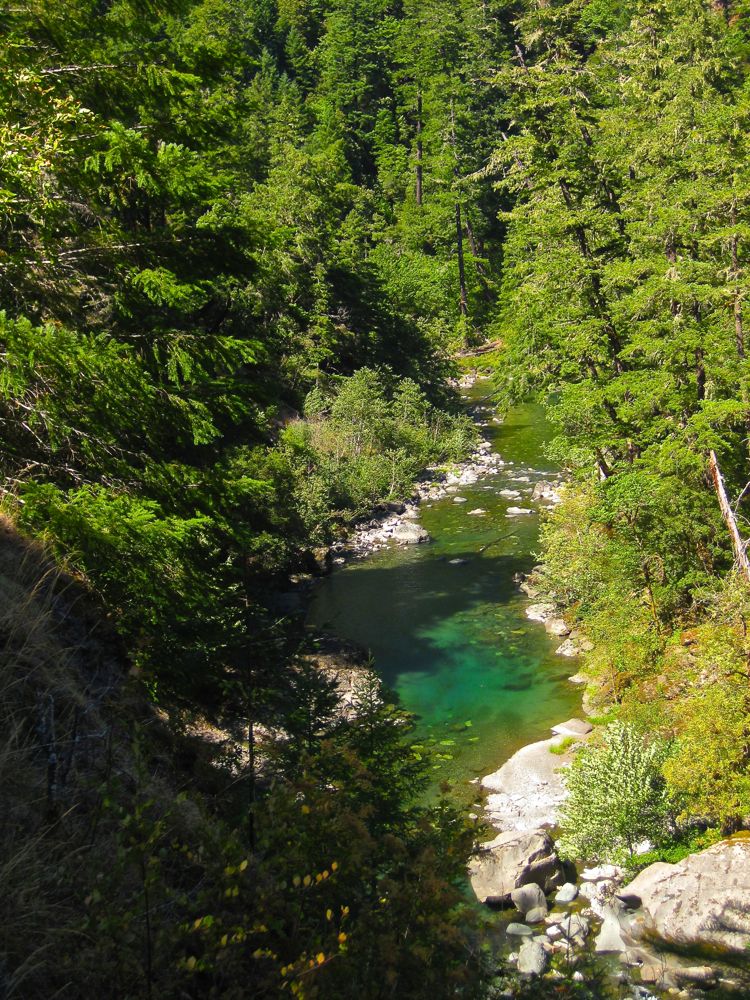Conservation Priorities
With so much opportunity for conservation in our vast 2.3-million-acre service area, we think long and hard about where investments in time and money will make the greatest impact for both wildlife and people. We do so by evaluating four key priority areas for every conservation opportunity:
- Protection of key habitats, species, and ecological processes
- Building resilience in a changing climate
- Strengthening our local community
- Increasing efficiency and reach
“Conservation is a state of harmony between men and land.” – Aldo Leopold
Protecting Key Habitats & Species
Humans have inhabited our region for several thousand years, however, land use changes following the arrival of Euro-American settlers in the mid-1800’s have severely impacted the region’s habitats. We know that estuaries, waterways, riparian areas, wetlands and mature forests have all been altered by human impacts, and we prioritize opportunities to protect and restore these habitats.
Wild Rivers Land Trust seeks opportunities to conserve diverse habitats, especially those that protect large blocks of habitat, with the goal to sustain the ecological processes that we all depend on for survival.
“One way to open your eyes is to ask yourself, “What if I had never seen this before? What if I knew I would never see it again?” -Rachel Carson
Building Resilience in a Changing Climate
As a changing climate causes shifts in our social, ecological and economic systems, we prioritize projects that mitigate the impacts of climate change. We emphasize the protection of climate refugia, areas that provide a buffer from climate change impacts, especially in larger blocks of intact habitat. Areas with high potential as climate refugia include old growth and intact forests on north facing slopes, riparian areas, wetlands, properties at lower- and middle-elevations, wet coastal mountains and properties that include pronounced elevation gradients. We will also prioritize refugia that help establish habitat connectivity and migration corridors.
Strengthening Our Community
Public involvement is essential to preserve the natural and cultural resources cherished by the communities we serve. Properties that preserve cultural resources and tell a story about our past or have a potential to educate people and help to build an ethic of stewardship in our community are prioritized. Working lands are the economic backbone of our communities, directly providing a living for many people who live here, supporting natural resources-dependent industries like tourism, fishing and other outdoor recreation activities, and preserving open space and a rural setting essential to our quality of life. Preserving family ranches, farms and forests will preserve the rural way of life that our communities cherish. We strive to include diverse perspectives in our work by reaching out to the community we serve to ensure that we are doing work that is important to them.
Increasing Our Efficiency & Reach
With a wide array of potential projects, it is necessary for us to focus our work on the most important projects – allowing us to leverage investment in conservation to serve multiple goals simultaneously. We work to realize a triple bottom line with our projects: to achieve social, environmental, and economic objectives. Our work has the potential to demonstrate alternative management techniques and novel solutions to complex problems, and we prioritize projects that showcase innovation and build new partnerships. Additionally, while each property will be evaluated on its own merits, anchor properties that serve as key "footholds" in areas of critical importance will be given additional consideration. Finally, we will work to incorporate the best science and the values of the communities we serve in a long range plan for our work.




